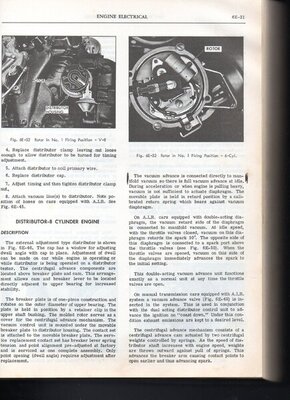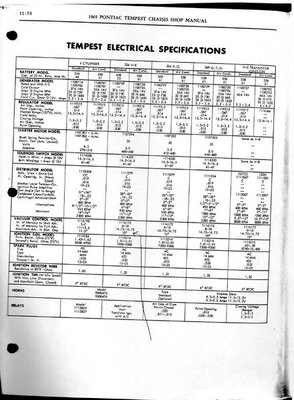Wietse
Well-Known Member
Instead of drilling holes in your throttle blades, try the following first to see if you can get a good tune with more air.
I did this on advise of someone who knows a lot more about this then me.
Hook up a piece of hose on the big vacuum port on the back (pcv connection) with a 1/4" or 3/8" ball valve installed.
With engine running, slowly crack the valve open and feed it with more air until it idles better.
Now play with timing and idle screws all you need.
Later on you can make an educated guess of how much sq.inch of surface the valve shows open and re-calculate that to 2 holes size to drill your throttle plates.
Start drilling small
I did this on advise of someone who knows a lot more about this then me.
Hook up a piece of hose on the big vacuum port on the back (pcv connection) with a 1/4" or 3/8" ball valve installed.
With engine running, slowly crack the valve open and feed it with more air until it idles better.
Now play with timing and idle screws all you need.
Later on you can make an educated guess of how much sq.inch of surface the valve shows open and re-calculate that to 2 holes size to drill your throttle plates.
Start drilling small

















